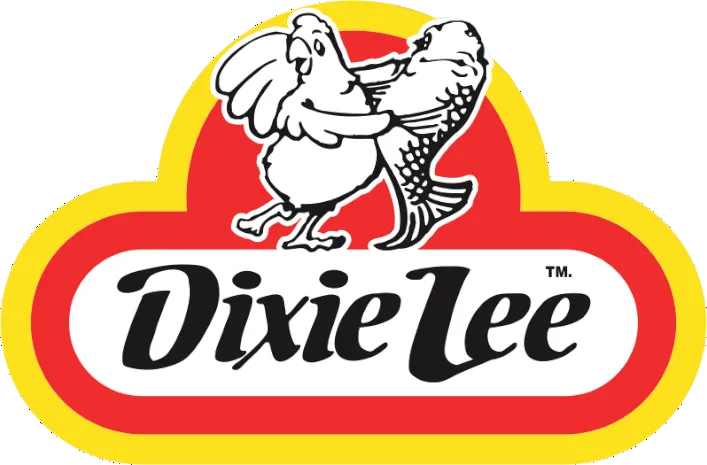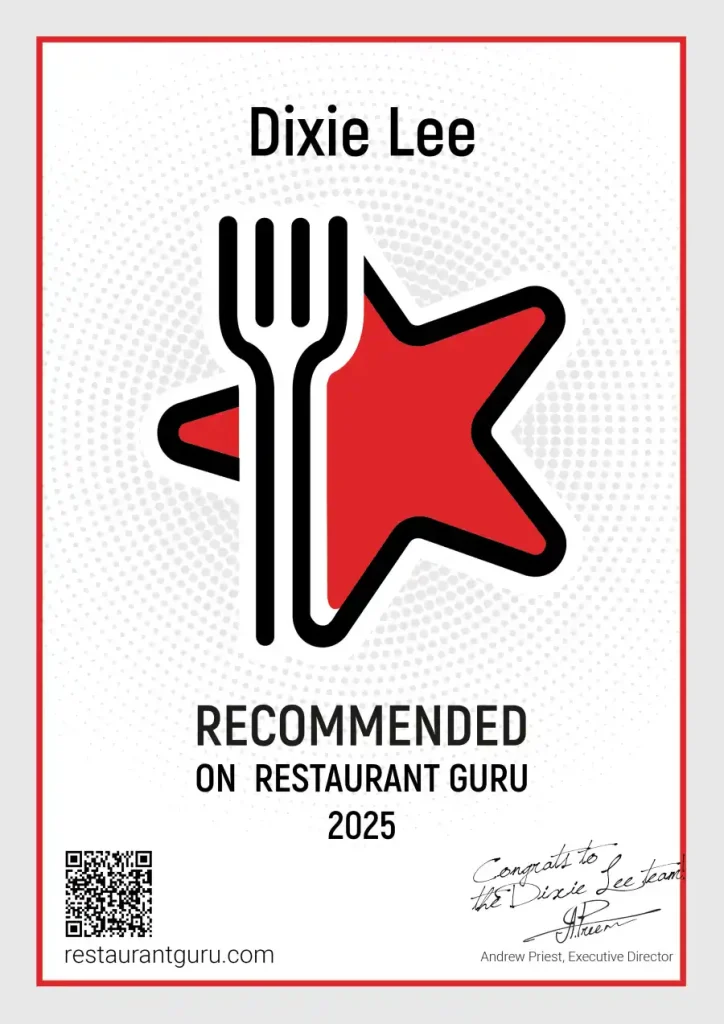Before franchising Dixie Lee in Penetanguishene, confirm the brand fits the small-harbor vibe, local tastes, and price points. Objectively assess demand by daypart, takeout habits, and school/shift schedules to determine peak periods and revenue drivers.
Map competitors, identify service or menu gaps that the franchise could uniquely occupy, and select a visible, easy-access location with parking and the necessary kitchen utilities and ventilation.
Account for Georgian Bay seasonality in sales forecasting and staffing plans; staffing reliability and turnover will materially affect operations and service levels. Secure favorable supplier terms and confirm consistent supply chains for key ingredients.
Create detailed financial models that include startup costs, franchise royalties, projected breakeven timelines, and rent-to-sales ratios to test viability under different traffic and seasonality scenarios.
Negotiate clear territory protections and understand exclusivity limits so potential market cannibalization is minimized. Finally, evaluate personal time commitment and risk tolerance to ensure franchise ownership aligns with lifestyle and financial goals. If these analyses support the opportunity, proceed with deeper due diligence and discussions with the franchisor.
Key Takeaways
- Verify brand fit with Penetanguishene’s small-harbor vibe, local tastes, price expectations, and family-oriented dining routines.
- Analyze demographics, daytime population, and peak hours to align menu mix, portions, pricing, and operating hours.
- Map competitors and identify differentiation through product quality, family bundles, dietary options, and authentic local positioning.
- Assess site visibility, access, parking, zoning, kitchen utilities, and rent-to-sales ratios before committing to a lease.
- Plan for Georgian Bay seasonality with inventory, staffing, hours, supplier terms, and marketing calibrated to tourism cycles and weather.
Evaluating Brand Fit in Penetanguishene
Start by gauging how well Dixie Lee’s menu, pricing, and dining experience align with Penetanguishene’s tastes and rhythms. Compare portion sizes, seasoning profiles, and sides to what locals already enjoy, and check whether family bundles, solo meals, and quick takeout fit everyday routines. Assess price points relative to nearby fast-casual options and typical spend for a weekday meal.
Evaluate brand personality. Does Dixie Lee’s friendly, community-forward image match the town’s small‑harbor vibe? Consider décor warmth, cleanliness standards, and service speed for both dine‑in and takeout. Verify whether hours suit work shifts, school schedules, and weekend traffic.
Review operational fit. Can you source fresh ingredients reliably, maintain consistent product quality, and meet franchise standards without straining margins? Confirm marketing tone, promotions, and loyalty programs feel authentic locally.
Understanding Local Market Demand and Demographics
Begin with a clear image of who’s eating out in Penetanguishene and when. Look at age groups, household sizes, and incomes. Retirees may prefer early dinners and value combos; families want kid-friendly options and shareable meals; seasonal visitors amplify weekend and summer traffic. Check commuting patterns—do residents work nearby or in Midland? That affects lunch demand and delivery windows.
Quantify population trends using municipal data: growth rate, median age, and average household income. Map daytime population near schools, marinas, clinics, and industrial areas to forecast peak hours. Identify cultural preferences and dietary needs—gluten-free choices, lighter sides, or seafood add-ons can matter. Survey locals about price sensitivity and frequency of takeout. Align your menu mix, portions, and operating hours with these clear, measured patterns.
Analyzing the Competitive Landscape and Differentiation
With a clear representation of who’s eating and when, turn to who else is serving them. Map every quick-service and takeout option in Penetanguishene and Midland, including independents, chains, convenience hot counters, and grocery prepared foods. Note cuisine, price tiers, peak hours, delivery coverage, and review sentiment.
Identify gaps Dixie Lee can own: crispy chicken proficiency, family bundles, consistent quality, or gluten-free options. Benchmark competitors’ menu breadth, portion sizes, sauces, and sides; your differentiation might be superior coatings, fresher oil cycles, or regional flavors. Compare order speed, packaging integrity, and app usability. Clarify a positioning statement: “fast, craveable chicken with maritime heritage at fair prices.” Back it with proof—transparent cook times, oil-change logs, and limited-time local collaborations. Keep the promise in every channel and shift.
Assessing Site Selection and Real Estate Constraints
Although demand looks promising, site selection will make or break the Penetanguishene launch. You need visibility on primary corridors, convenient access, and enough parking to handle peak mealtimes. Prioritize corner or end-cap units with clear signage lines and safe turns in and out. Confirm traffic counts, drive-time maps, and walking catchments from nearby neighborhoods, schools, and employers.
Check zoning, grease-trap requirements, venting paths, and patio allowances early. Measure square footage against Dixie Lee’s kitchen line, storage, and pickup flow; tight footprints create bottlenecks. Evaluate landlord incentives, HVAC capacity, and utility loads for fryers and hoods. Study co-tenants: supermarkets and value retailers can enhance frequency, while conflicting food operators may limit exclusivity. Finally, protect your radius, negotiate renewal options, and model rent-to-sales ratios before committing.
Accounting for Seasonality and Tourism on Georgian Bay
Even as year-round demand grows, you’ll ride distinct peaks tied to Georgian Bay’s tourism cycle. Summer cottages, marinas, and festivals can double foot traffic; shoulder seasons compress, and winter depends on locals and weekenders. Plan inventory, hours, and promotions to align with boat launches, regattas, and school holidays. Use last year’s POS data to forecast dayparts, menu mix, and average ticket by month.
| Season | Traffic Drivers | Menu/Pricing Moves |
| Summer | Cottagers, marina traffic, festivals | Family bundles, cold sides, premium combos |
| Shoulder | Fall colors, weekend getaways | Value tiers, limited-time flavors |
| Winter | Locals, snowmobilers | Comfort items, app-only deals |
Lock in supplier terms before peak months, and stagger deliveries. Calibrate marketing to weather: push takeout during storms, patio bundles on sunny weekends. Monitor weekly KPIs and adjust quickly.
Building and Retaining a Reliable Labour Pool
You’ll win staff loyalty by pairing a competitive wage strategy with clear performance incentives. Offer flexible scheduling practices that suit students, seasonal workers, and parents without sacrificing coverage. Build local recruitment pipelines through nearby schools, community groups, and referral programs to keep your hiring funnel strong year-round.
Competitive Wage Strategy
While margins matter, paying competitively is non‑negotiable if you want a dependable team at Dixie Lee Penetanguishene. You’re competing with local restaurants, seasonal employers, and retail. Benchmark wages using current listings, provincial data, and conversations with nearby operators. Set base pay slightly above local averages, then tie raises to clear performance milestones and cross‑training achievements.
Be transparent about pay bands during hiring so candidates see a path forward. Offer paid training from day one and guarantee probationary rates transition quickly when standards are met. Track turnover, time‑to‑hire, and shift coverage; if those metrics slip, adjust wages promptly rather than absorb chronic understaffing.
Communicate total compensation clearly: base rate, premiums for peak hours, and attainable progression. When workers feel valued, they stay, refer friends, and protect guest experience.
Flexible Scheduling Practices
Competitive pay only works if staff can actually work the hours that fit their lives. You’ll keep people longer when schedules respect school, caregiving, and second jobs. Use predictable scheduling: post shifts at least two weeks ahead and avoid last-minute changes. Offer part-time, split shifts, and short “surge” shifts for rush periods. Let employees swap shifts through an approved system, with manager oversight to protect coverage and food-safety standards.
Build a core team for open and close, then layer flexible floaters for evenings and weekends. Track availability and skills in your POS or scheduling app to assign roles efficiently. Cap clopenings to prevent burnout. Communicate blackout dates and overtime rules clearly. Review schedule data monthly to spot gaps, reduce overtime, and improve retention.
Local Recruitment Pipelines
Three steady pipelines keep your hiring predictable in Penetanguishene: schools, community groups, and referrals. Start with local high schools, Georgian College, and co-op programs. Offer school-year shifts, summer roles, and clear pathways to supervisor positions. Show up at job fairs, sponsor events, and invite classes for back-of-house tours.
Engage community groups next. Partner with Indigenous organizations, newcomers’ services, and youth employment centers. Share short, skills-focused postings, schedule interviews promptly, and provide paid training. You’ll widen access and signal reliability.
Finally, formalize referrals. Reward team members who recommend hires that stay 60–90 days. Keep the process simple, track outcomes, and celebrate top referrers.
Measure results monthly: time-to-fill, 90-day retention, and performance. Drop channels that lag; reinvest in sources producing dependable, promotable talent.
Breaking Down Startup Costs, Fees, and Profitability
Before you sign on, get clear on what it costs to open and operate a Dixie Lee in Penetanguishene. List every startup expense: franchise fee, build-out, equipment, signage, initial inventory, point-of-sale, permits, training travel, professional fees, and opening marketing. Add working capital to cover several months of payroll, utilities, insurance, and local marketing while sales ramp.
Ask for the current royalty and marketing fund percentages and how they’re calculated (gross sales vs. net). Model unit economics: average ticket, daily transactions, food and paper cost, labor by daypart, and controllables like waste and cash handling. Stress-test scenarios for seasonality and weather. Estimate breakeven sales, payback period, and cash-on-cash return. Compare your projections to Item 19 performance ranges. Finally, pad contingencies and confirm your personal liquidity.
Reviewing Lease Terms, Supply Chain, and Territory Protections
You should scrutinize lease duration and renewal options to match your ramp-up timeline and protect your occupancy costs. Confirm supplier reliability and any exclusivity requirements so you’re not exposed to stockouts or overpriced inputs. Ask how territory protections interact with these terms, ensuring your location and supply chain aren’t undermined by nearby operators.
Lease Duration and Renewals
Start by nailing down the lease term, options to renew, and how rent escalates so your store’s economics stay predictable over the full franchise agreement. Align the lease length with the franchise term, plus renewal rights, so you’re not stuck with a franchise you can’t operate at the same site. Push for multiple renewal options with pre-set rent mechanisms, clear notice timelines, and no landlord discretion traps.
Confirm you can assign the lease to the franchisor or a buyer if you exit. Lock in tenant-only renewal rights, cure periods for defaults, and caps on operating cost pass-throughs. Negotiate co-tenancy or opening clauses if key anchors affect traffic. Guarantee the landlord’s relocation rights are narrow, with paid moving costs and downtime protection.
Supplier Reliability and Exclusivity
Even with a solid lease, your unit’s margins live or die on dependable supply and clear exclusivity. Press the franchisor on approved vendors: Are primary and backup suppliers in Ontario? What are lead times, fill rates, and cold-chain safeguards for chicken, fries, and sauces? Ask for historical outage data and contingency plans for weather or transportation disruptions around Georgian Bay.
Review purchasing terms. Are prices indexed to commodities, and how often can they change? Confirm who pays freight, fuel surcharges, and minimum order fees. Verify service levels and credits for late or spoiled product.
Examine territory protections alongside the lease. Do you have a defined radius in Penetanguishene? Are third-party delivery zones exclusive? Guarantee the franchisor won’t open satellites or grocery placements that cannibalize your sales.
Matching Your Experience, Time Commitment, and Risk Tolerance
A smart franchise fit hinges on three factors: what you’ve done, how much time you can commit, and how much risk you’re willing to take. Start with your experience. If you’ve managed restaurants, led teams, or handled P&L, you’ll ramp faster. If not, plan for training and mentorship to close gaps.
Next, assess time. Are you ready for hands-on oversight, nights, weekends, and community marketing? If your schedule is limited, consider a capable manager and clear KPIs, but expect to stay engaged.
Finally, gauge risk tolerance. Can you handle cash flow swings, labor shortages, and seasonal traffic in Penetanguishene? Stress-test your budget, build reserves, and know your break-even. Align these three elements, and you’ll choose a Dixie Lee path that fits you—and lasts.
Conclusion
They have already considered brand fit, local demand, and competition. Next, secure a location that will perform year‑round rather than relying solely on tourist traffic. The franchisor’s operational model should be compared with the prospective owner’s experience, available time, and risk tolerance to ensure alignment.
Conduct a staffing plan that accounts for seasonal fluctuations, training requirements, and reliable shift coverage. Stress‑test the financial projections under conservative, base, and optimistic scenarios to verify cash flow, break‑even timing, and sensitivity to lower sales or higher costs. Negotiate lease terms, supplier agreements, and clear territory protections to reduce operational risk and protect revenue potential.
If the numbers pencil and the prospective owner feels confident in execution, move forward with the franchise. If the financials or operational fit are not satisfactory, pivot early to avoid sunk costs. Success in Penetanguishene will depend on disciplined planning, robust financial controls, and decisive follow‑through.
If all of that lines up, Dixie Lee Fried Chicken could be a strong addition to the community—and a profitable venture.


